Publications
Search publications
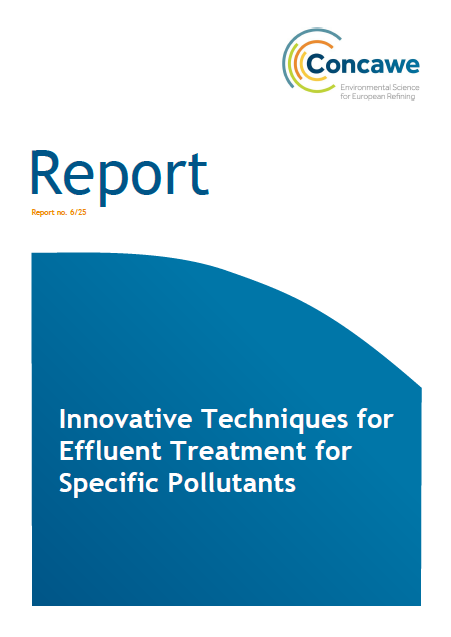
July 8, 2025
Innovative Techniques for Effluent Treatment for Specific Pollutants
Report no. 6/25: This report identifies twenty-seven (27) innovative techniques to treat a selected list of organics substances, inorganic substances and heavy metals, based on a literature review, co...
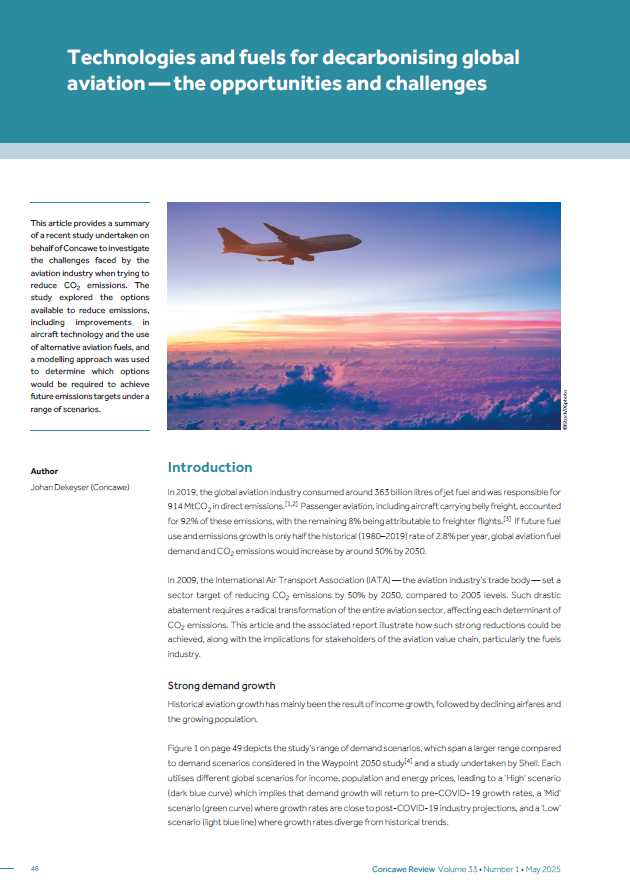
May 26, 2025
Technologies and fuels for decarbonising global aviation—the opportunities and challenges
This article provides a summary of a ‘deep dive’ study into the opportunities and challenges associated with the decarbonisation of the aviation industry. The study is part of Concawe’s Low Carb...
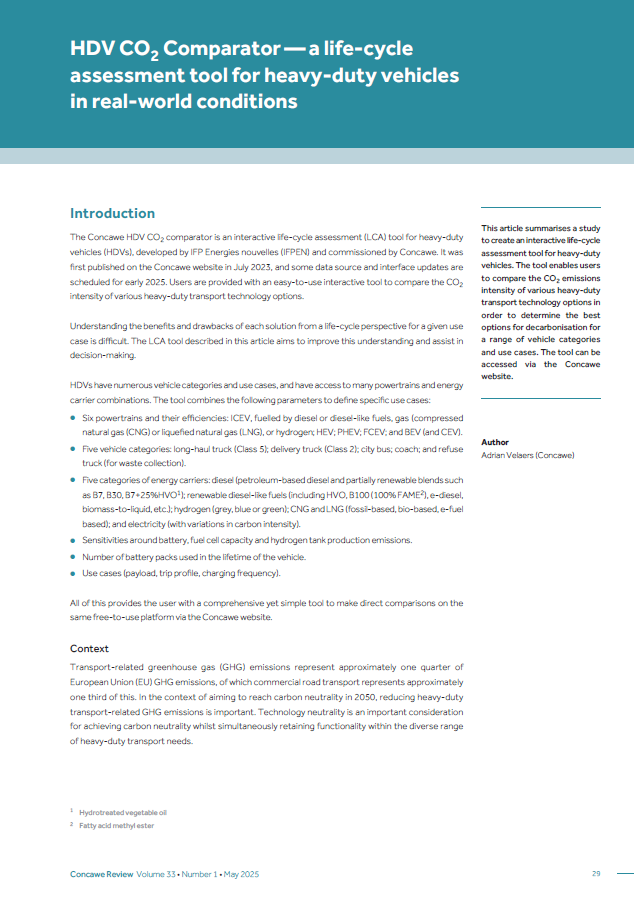
May 26, 2025
HDV CO₂ Comparator—a life-cycle assessment tool for heavy-duty vehicles in real-world conditions
This article summarises a study to create a life-cycle assessment tool for heavy-duty vehicles. Users are provided with an easy-to-use interactive tool on the Concawe website to compare the CO₂ in...
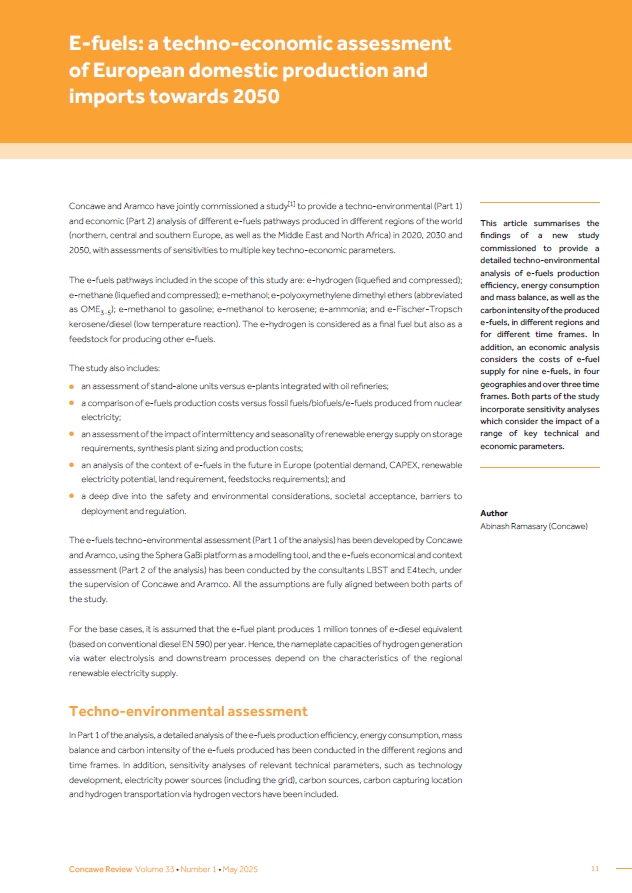
May 26, 2025
E-fuels: a techno-economic assessment of European domestic production and imports towards 2050
This updated study presents a twofold analysis — techno-environmental and economical — of the different e-fuels production pathways in Europe (northern, central and southern Europe), and the Middl...
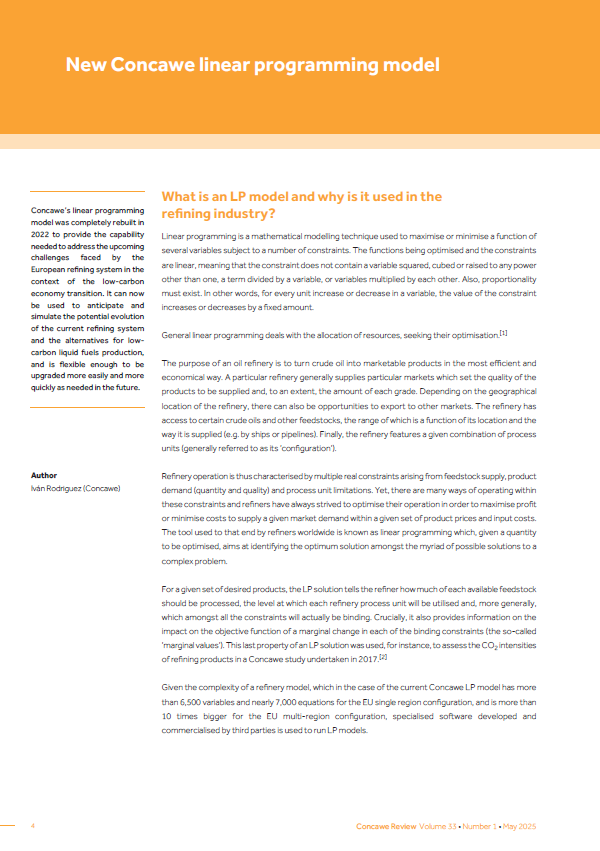
May 26, 2025
New Concawe linear programming model
The production of liquid fuels in Europe is evolving to embrace the low-carbon economy transition as presented by the European Commission (‘Fit for 55’, ‘EU Green deal’, etc.). Therefore, a fl...
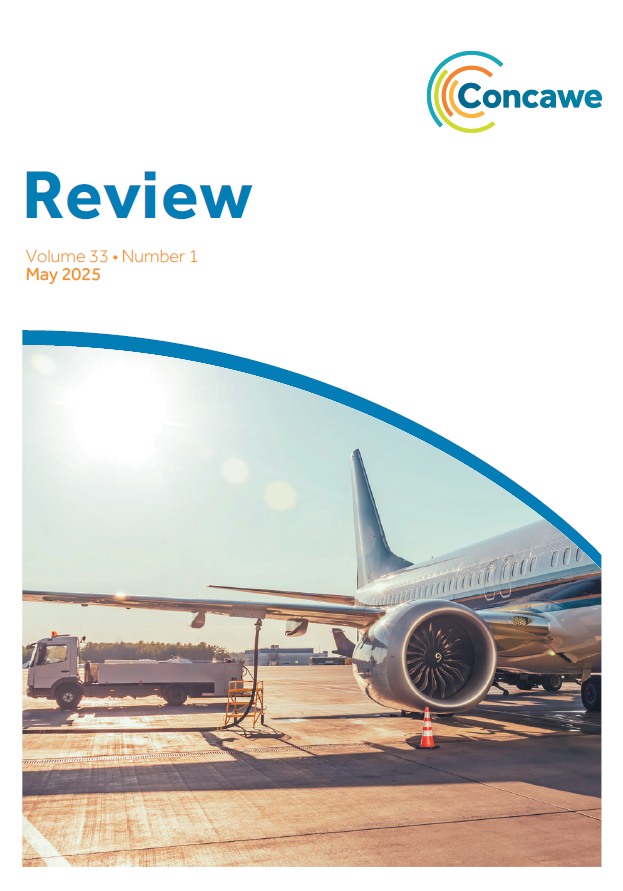
May 26, 2025
Concawe Review 33.1
I am pleased to introduce this new edition of the Concawe Review, which focuses mainly on topics related to the potential contribution of the fuel manufacturing industry and the role of liquid fuels t...
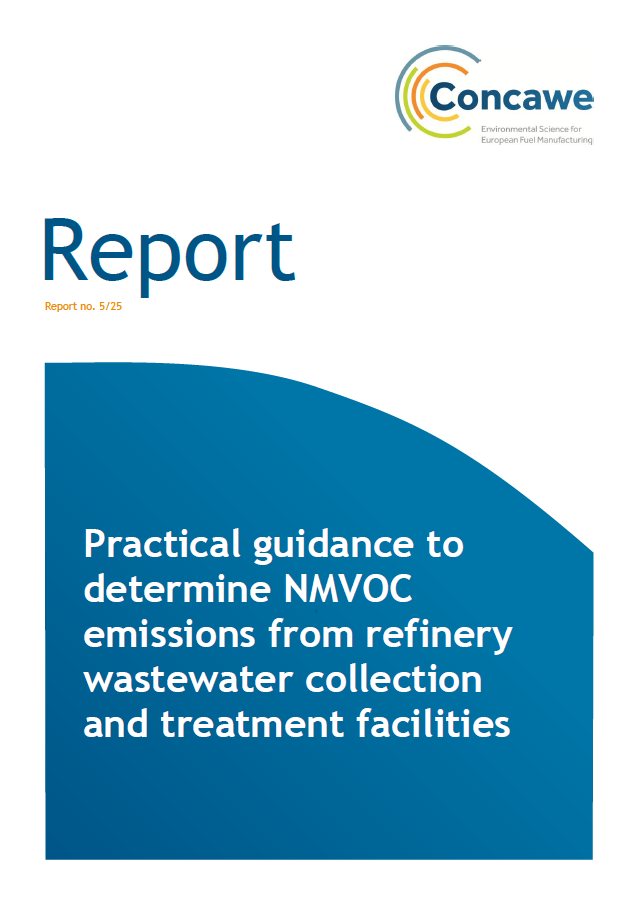
May 20, 2025
Practical guidance to determine NMVOC emissions from refinery wastewater collection and treatment facilities
Report no. 5/25: Wastewater from refinery operation contains various pollutants that shall be purified prior to wastewater emitted to sea. A major pollutant is hydrocarbon remains. Wastewater collecti...
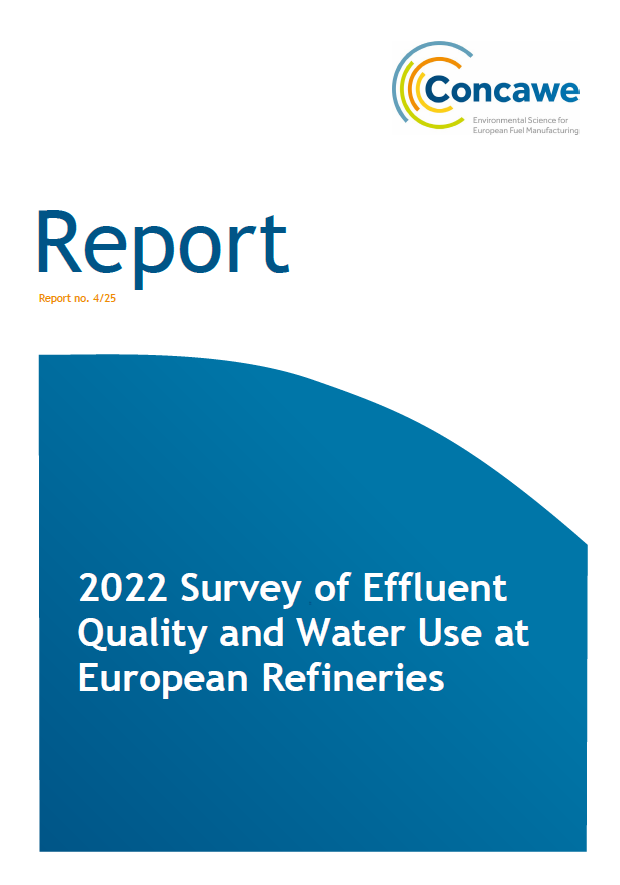
May 16, 2025
2022 Survey of Effluent Quality and Water Use at European Refineries
Report no. 4/25: Since 1969, Concawe has been gathering and compiling data on aqueous effluents from European oil refinery installations. Surveys have been completed at 3-5 yearly intervals. Since 201...
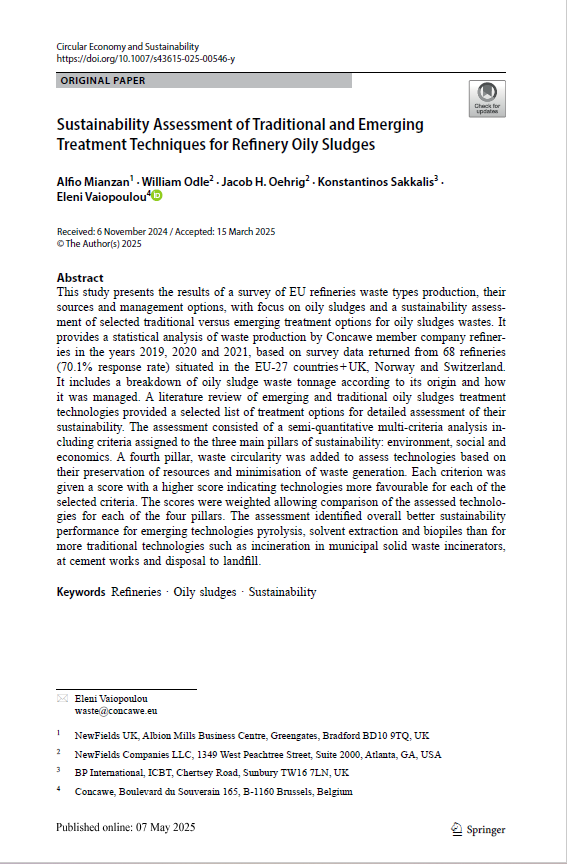
May 12, 2025
Sustainability Assessment of Traditional and Emerging Treatment Techniques for Refinery Oily Sludges
This study presents the results of a survey of EU refineries waste types production, their sources and management options, with focus on oily sludges and a sustainability assessment
of selected tradi...
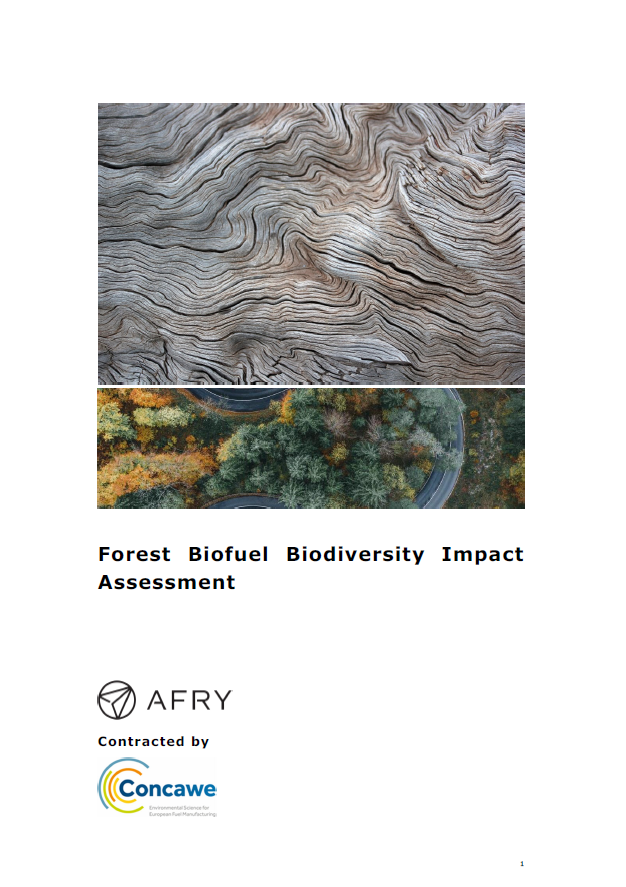
April 17, 2025
Forest Biofuel Biodiversity Impact Assessment
Concawe contracted AFRY to assess the biodiversity impact of using forest residues for advanced biofuel production in Europe. The study explores the ecological significance of deadwood in forest ecosy...
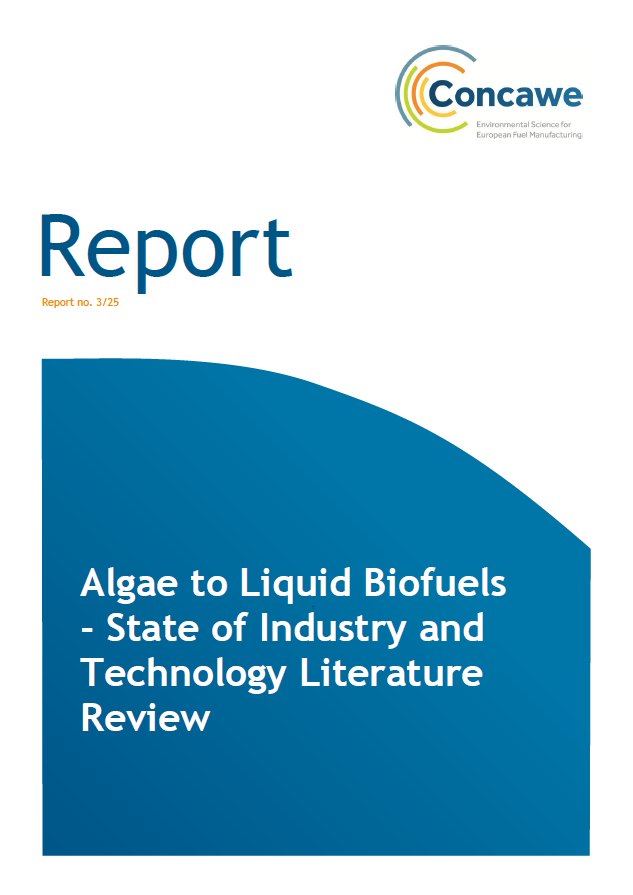
March 28, 2025
Algae to Liquid Biofuels – State of Industry and Technology Literature Review
Report no. 3/25: Decarbonizing transport is crucial for Europe’s GHG reduction goals, with biofuels expected to play a key role, particularly in aviation and maritime sectors, where electrification...
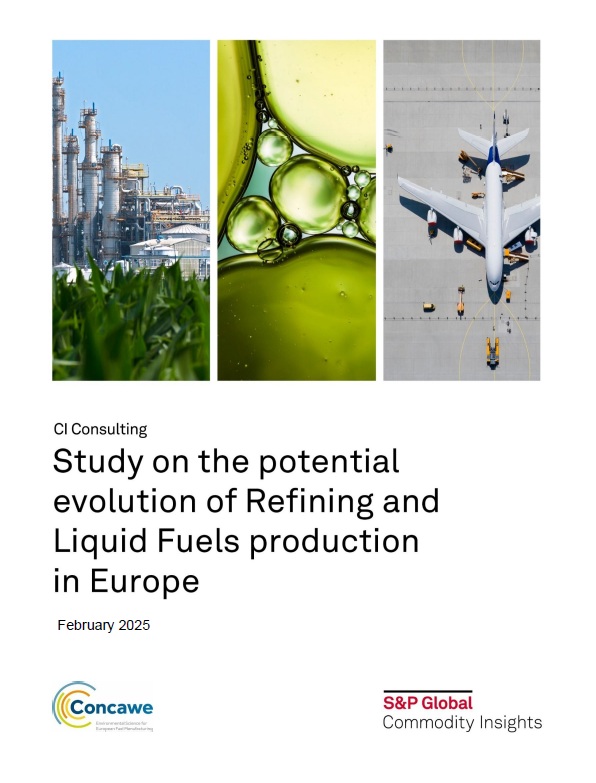
March 14, 2025
Study on the potential evolution of Refining and Liquid Fuels production in Europe
Concawe engaged S&P Global Commodity Insights (SPGCI) to analyse the potential impact of the EU’s target to achieve net-zero emission by 2050 on the region’s refining industry and security of...
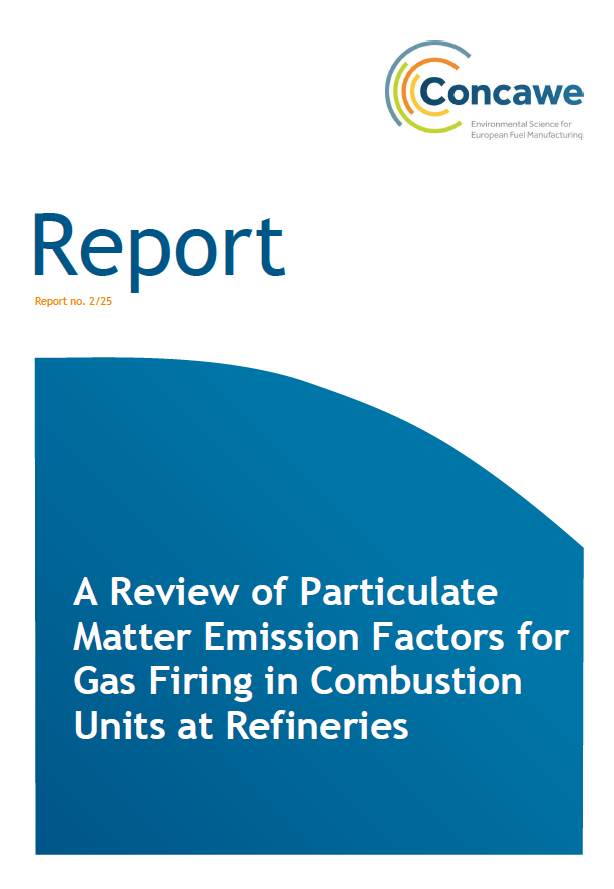
January 29, 2025
A Review of Particulate Matter Emission Factors for Gas Firing in Combustion Units at Refineries
Report no. 2/25: Particulate matter is defined as either filterable (FPM) or condensable (CPM) and by size: FPM2.5 refers to filterable particles with aerodynamic diameters ≤2.5 μm and FPM10 those...
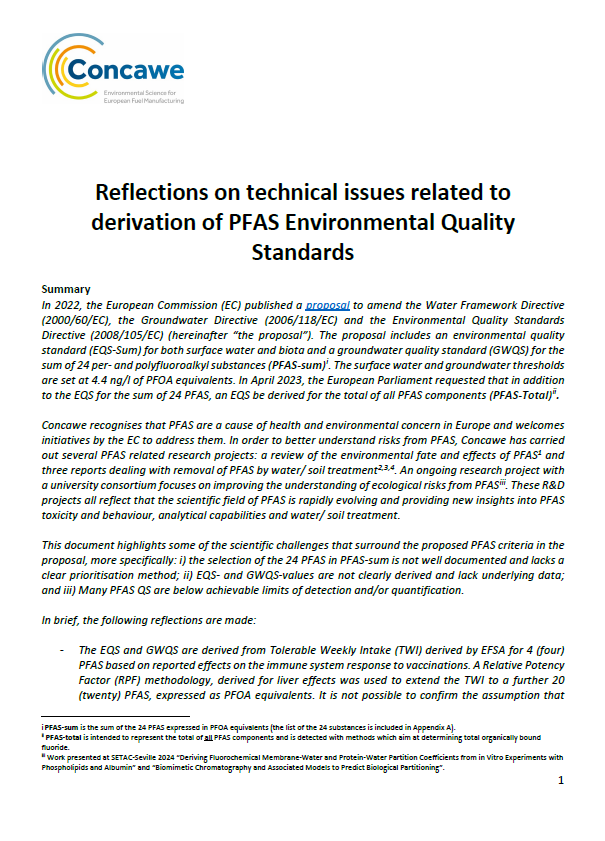
January 27, 2025
Reflections on technical issues related to derivation of PFAS Environmental Quality Standards
In 2022, the European Commission (EC) published a proposal for amending the Water Framework Directive (2000/60/EC), the Groundwater Directive (2006/118/EC) and the Environmental Quality Standards Dire...
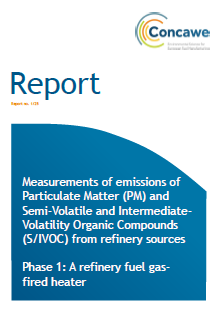
January 22, 2025
Measurements of emissions of Particulate Matter (PM) and Semi-Volatile and Intermediate-Volatility Organic Compounds (S/IVOC) from refinery sources – Phase 1: A refinery fuel gas-fired heater
Report no. 1/25: This report provides the results from two measurement campaigns carried out on a gas-fired heater at a refinery in north-west Europe. The main purposes of the campaigns were i) to mea...
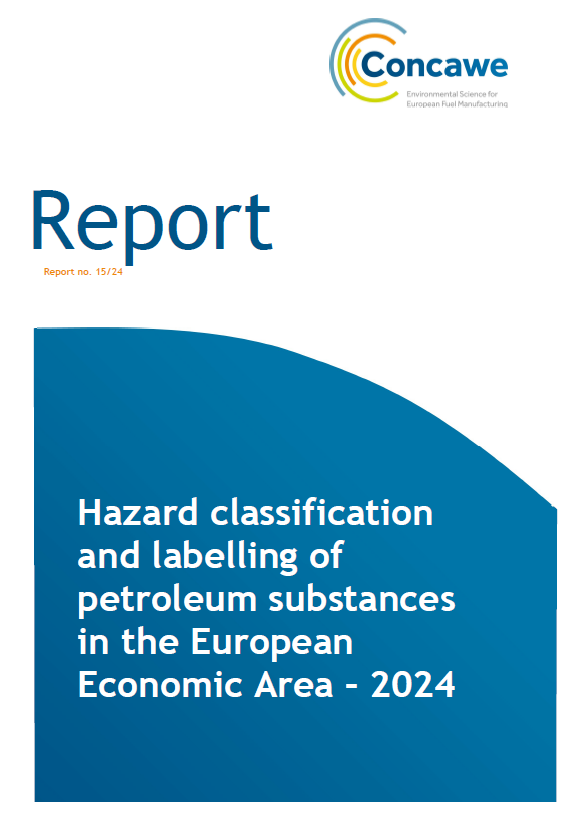
January 20, 2025
Hazard classification and labelling of petroleum substances in the European Economic Area – 2024
Report no. 15/24: This report updates Concawe’s classification and labelling recommendations of report No. 9/23 to address the latest updates to Concawe dossiers and changes to CLP regulation. Furth...
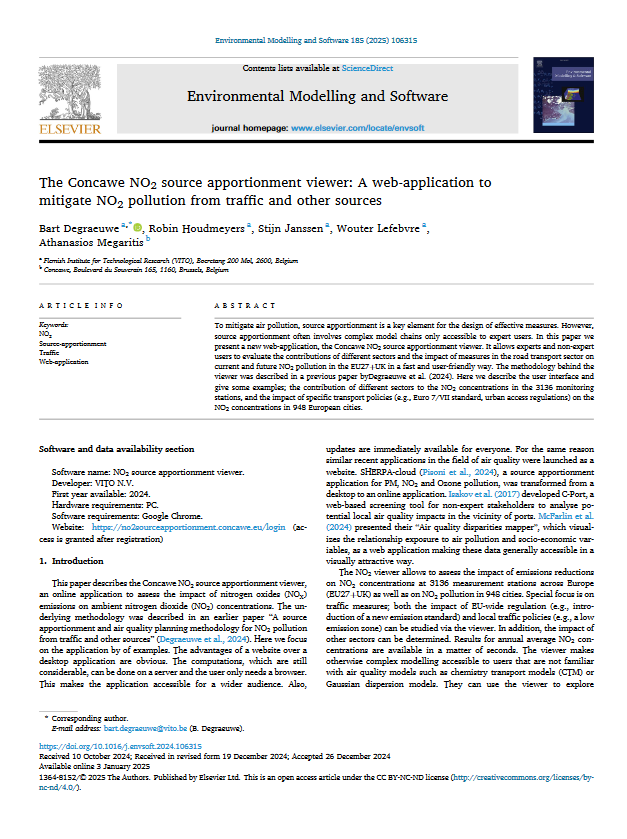
January 8, 2025
The Concawe NO2 source apportionment viewer: A web-application to mitigate NO2 pollution from traffic and other sources
To mitigate air pollution, source apportionment is a key element for the design of effective measures. However, source apportionment often involves complex model chains only accessible to expert users...
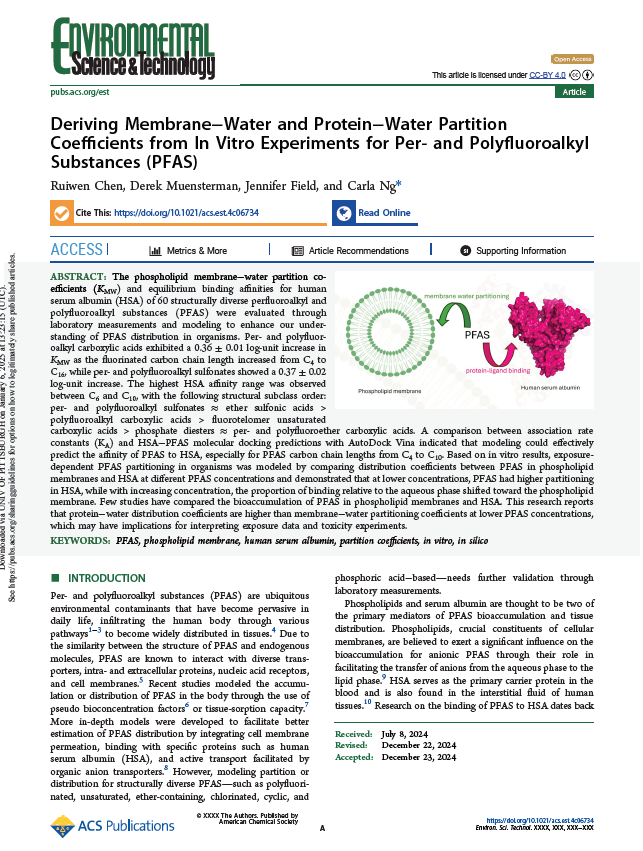
January 7, 2025
Deriving Membrane−Water and Protein−Water Partition Coefficients from In Vitro Experiments for Per- and Polyfluoroalkyl Substances (PFAS)
The phospholipid membrane−water partition coefficients (KMW) and equilibrium binding affinities for human serum albumin (HSA) of 60 structurally diverse perfluoroalkyl and polyfluoroalkyl substances...

December 16, 2024
Sustainable Remediation: Identification of sustainable management practices (SMPs) for remediation projects at fuel manufacturing sites
This report presents the results of the initial phase of the project and is the culmination of a workshop held by Concawe in April 2024 and subsequent inputs from Concawe members and the CL:AIRE/ERM t...
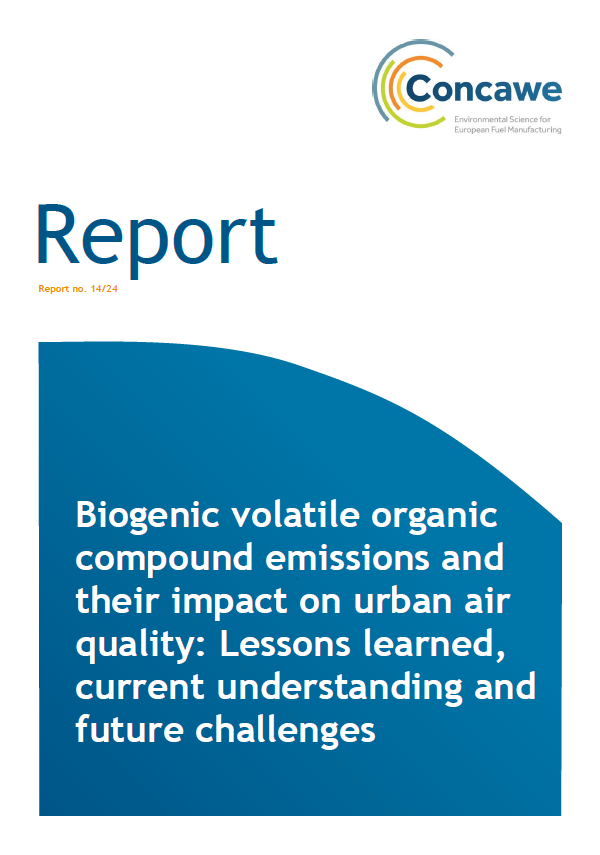
December 11, 2024
Biogenic volatile organic compound emissions and their impact on urban air quality: Lessons learned, current understanding and future challenges
Biogenic volatile organic compounds (BVOCs) can have a significant impact on atmospheric composition, impacting both air quality and climate. This review provides a comprehensive examination of BVOC e...
Subscribe to publications
You can subscribe here to receive notifications about new Concawe publications (Technical Reports and the Concawe Review)